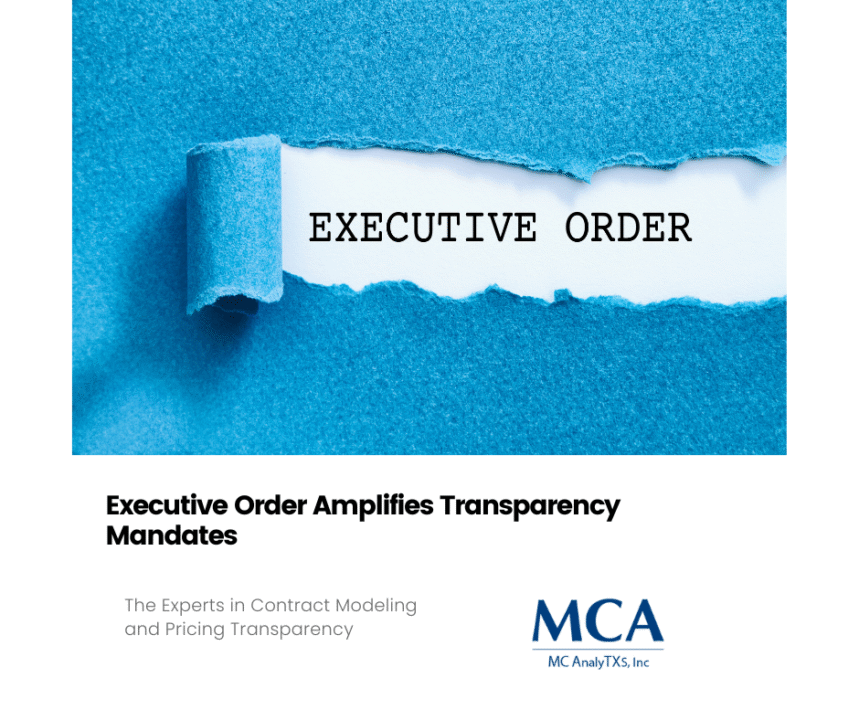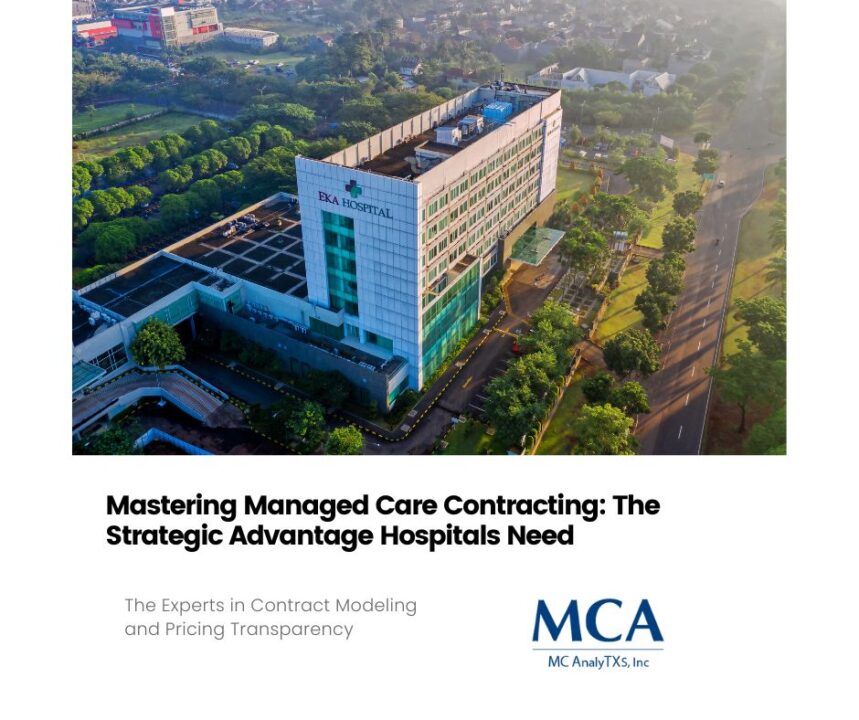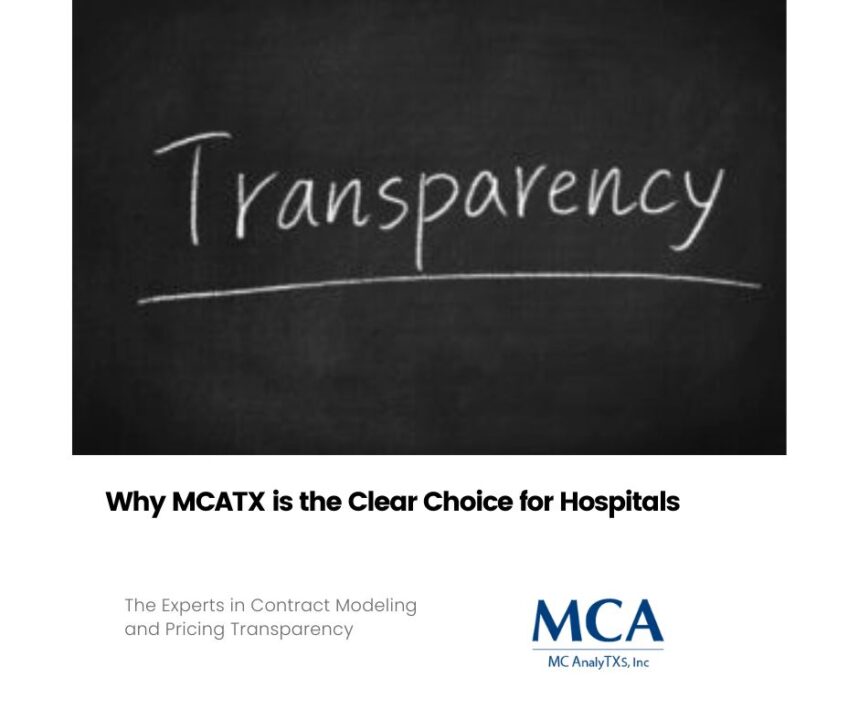
4 Ways the AllPayor® Software Can Help Your Organization Thrive
May 9, 2024
Navigating the Storm: How Hospitals Can Overcome Payment Processing Disruptions
May 16, 2024In the complex and fast-paced world of healthcare, revolutionizing Revenue Cycle Management (RCM) is not just beneficial; it’s imperative. With financial health directly linked to operational efficiencies, Revenue Cycle Managers face the continuous challenge of identifying and eliminating redundancies while ensuring the cycle runs as smoothly as possible.
Understanding Redundancies in RCM
Redundancies in RCM are essentially repetitive processes or tasks that do not add value to the revenue cycle management. These can include duplicated efforts in patient data entry, manual errors in billing and coding, and inefficient communication channels. Such redundancies not only consume valuable time but also significantly drain resources.
Impact of Redundancies on RCM
Financially, the impact of these inefficiencies spells higher operational costs and decreased revenue. Operationally, it leads to employee burnout and decreased patient satisfaction due to slower billing cycles and errors. Real-world examples, particularly from larger healthcare systems, reveal how addressing these issues can lead to saving millions of dollars annually while improving patient care quality.
Strategies for Cutting Redundancies in RCM
Leaders in the field are turning to technology to spearhead the war against redundancy. Automation tools for billing, coding, and even patient communication are becoming standard. These technological interventions not only eliminate manual errors but also free up staff to focus on more critical, value-added activities.
Simultaneously, streamlining communication within RCM teams and interdepartmental data sharing is critical. A more integrated approach ensures that information flows smoothly, reducing the need for repeated tasks and information requests.
Regular audits have also emerged as a pivotal strategy. By frequently examining processes, RCM managers can pinpoint unnecessary steps or outdated practices that slow down the revenue cycle.
Maximizing Efficiency in RCM
Data analytics stands as a pillar for enhancing RCM efficiency. By analyzing trends and patterns, RCM leaders can make evidence-based decisions on where to streamline processes and how to allocate resources effectively.
Implementing best practices for optimizing workflows, such as standardizing procedures across departments and training staff on new technologies, further bolsters efficiency.
Conclusion
In the end, minimizing redundancies and maximizing efficiency in RCM isn’t just about improving the bottom line—it’s about ensuring that healthcare providers can focus more on patient care and less on administrative burdens. RCM leaders play a crucial role in this transformation by continuously seeking innovative solutions and adopting best practices. The call to action is clear: assess, adapt, and advance to ensure your RCM processes are as efficient and effective as possible





